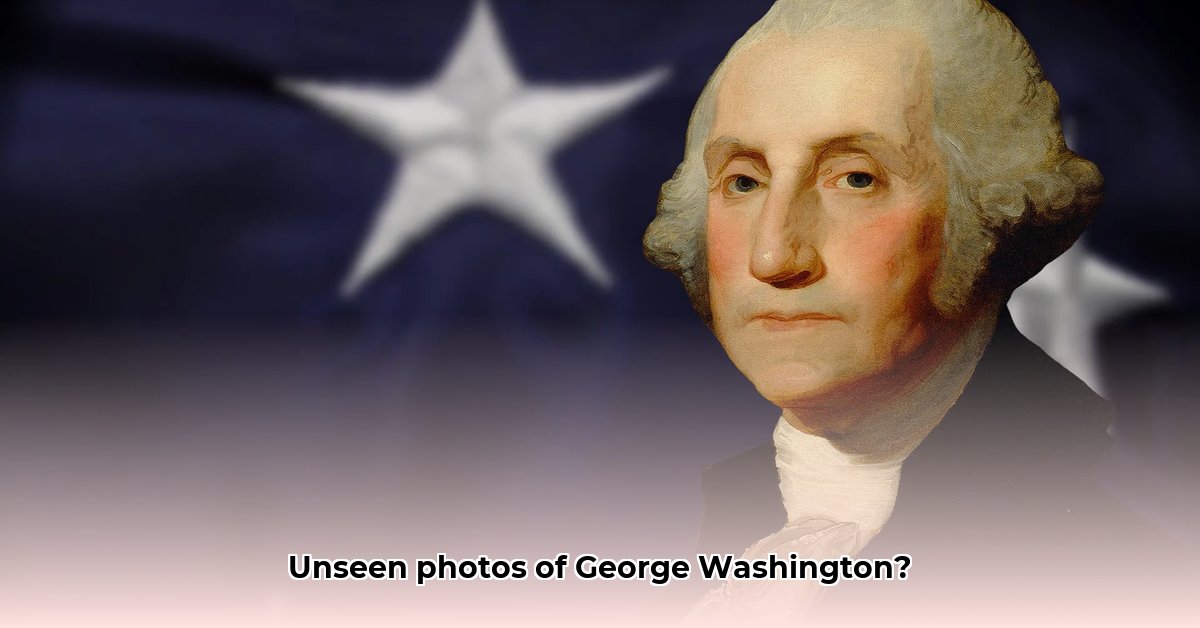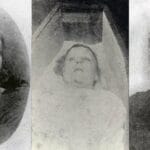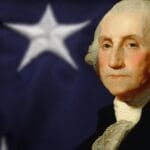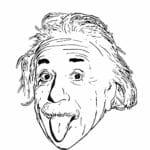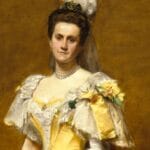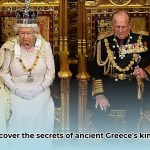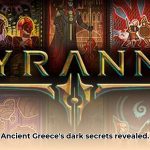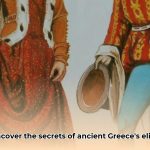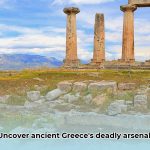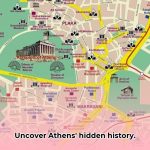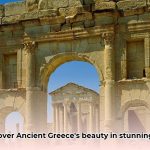Forget stuffy history books! Let’s dive into the amazing story behind all those pictures of George Washington. They’re not just old paintings; they’re a visual timeline of his life, his presidency, and how people saw him – and how that changed over the years. We’ll explore how artists, politics, and even Washington himself influenced how he was portrayed. From his soldier days to his time as President, we’ll look at the most famous portraits, uncover the stories behind them, and see how artistic choices shaped the way we remember the first President. Get ready to discover the hidden narratives behind the brushstrokes and see how Washington’s image became a powerful symbol of America itself.
From Revolutionary War Hero to National Icon: George Washington’s Early Military Portraits
Early portraits of George Washington – because, remember, photography didn’t exist back then – often showed him as a military leader. Think resolute face, powdered wig, and quite possibly in uniform. These paintings emphasized his crucial role in the American Revolution. Artists focused on conveying his strength, determination, and unwavering resolve, painting him as the archetype of a leader people could trust and admire. This was hugely important for a fledgling nation striving to define its identity. It was a visual declaration, “This is our leader, he’s strong, and he led us to freedom!”
One compelling example is Charles Willson Peale’s 1772 portrait, commissioned by Martha Washington. Peale captured a young, determined Washington, reflecting the spirit of the burgeoning revolution. Then there’s Gilbert Stuart’s iconic “Athenaeum” portrait. While more relaxed than the earlier, stiffer military depictions, Washington still commands respect. Stuart subtly captures his charisma, hinting at his nuanced personality. The nuanced change in portrayal suggests a shift in public perception. But how did Washington’s image evolve as his role transitioned from military leader to president, and how did artists adapt their techniques to reflect these changes?
The Presidential Portrait: George Washington as a Symbol of Power and Prestige
Upon assuming the presidency, Washington’s portraits underwent a transformation. Paintings from this era adopted a more classical and formal style, reflecting the dignity and responsibility of his new office. Artists like Joseph Wright and John Trumbull portrayed Washington as a statesman—a figure of wisdom, authority, and unwavering resolve. Envision majestic poses, formal attire, and sophisticated backdrops. These weren’t merely paintings; they were powerful statements designed to impress both American citizens and the international community. The message was unambiguous: The United States was a formidable nation, led by a capable and respected leader!
This evolution wasn’t solely about artistic expression; it was a deliberate effort to cultivate a national image. Artists and those commissioning portraits collaborated to ensure Washington embodied the ideals of the nation—the father of the country, a symbol of the new republic’s aspirations. These strategically crafted presidential portraits effectively reinforced Washington’s authority and fostered a sense of national unity. For example, Trumbull’s series of historical paintings, including depictions of the signing of the Declaration of Independence, further cemented Washington’s legacy within the grand narrative of American history.
Contrasting Representations: Unveiling the Nuances in George Washington’s Portraits
Not all portraits of Washington present a uniform image. Some are idealized, carefully constructed to emphasize his public persona and project an image of strength and virtue. Others strive for a more realistic and human portrayal, revealing his age, imperfections, and vulnerabilities. Rembrandt Peale’s later portraits, for instance, offer a more introspective and less idealized view. Did these diverse portrayals reflect the multifaceted nature of Washington’s character, or did the artists selectively emphasize certain traits to shape public opinion?
The contrasting depictions highlight the inherent complexities of historical representation. Were artists simply striving to capture an accurate likeness, or did their own biases and perspectives inevitably influence their artistic choices? Examining these diverse portraits provides a more comprehensive and nuanced understanding of Washington and the historical context in which he lived. The evolution of artistic styles, from Neoclassicism to Romanticism, further influenced the depiction of Washington, with each style emphasizing different aspects of his character and accomplishments. What might Washington himself have thought of these diverse portrayals, and how would he have preferred to be remembered?
The Enduring Legacy of Images: George Washington’s Portraits in American Memory
A comprehensive survey of Washington’s portraits, from early sketches to meticulously detailed paintings, reveals a fascinating and multifaceted story. These artworks illuminate not only the evolution of portrait painting techniques but also the shifting perceptions and interpretations of America’s first president. The sheer volume of portraits serves as a testament to Washington’s enduring significance in American history and culture, underscoring his role as a symbol of national identity. How did the evolution of these artistic representations mirror the development of American identity and values?
By studying these visual records, we gain invaluable insights into the past, unraveling the intricate processes involved in creating a national icon. His legacy lives on through these images, transforming the study of Washington portraits into a captivating and insightful journey. They serve as windows into a bygone era, revealing the complex interplay between art, politics, and public perception in shaping the memory of a nation.
A Timeline of Major Portraits of George Washington
| Year (Approximate) | Artist | Style | Key Characteristics | Significance |
|---|---|---|---|---|
| 1772 | Charles Willson Peale | Colonial/Military | Uniform, youthful appearance, determined expression, emphasis on military prowess | Captures Washington’s early image as a rising military leader |
| 1779 | Charles Willson Peale | Revolutionary War Era | Depicts Washington as Commander-in-Chief during the Revolutionary War, resolute gaze | Emphasizes Washington’s leadership during a pivotal moment in American history |
| 1796 | Gilbert Stuart | Neoclassical | Dignified, approachable demeanor, less formal attire, hint of humanity | Creates a more relatable image while retaining a sense of authority |
| 1796 | Gilbert Stuart | Neoclassical | “Lansdowne” portrait: full-length, majestic pose, presidential symbolism, elaborate setting | Reinforces Washington’s presidential authority and symbolizes the power of the new nation |
| 1798 | Edward Savage | Neoclassical/Formal | Depicts Washington with family, symbolizes domesticity and national unity. | Connects Washington to the American home and family as well as the nation. |
| 1800s | Various | Varied | Diverse styles reflecting evolving artistic trends and individual interpretations, posthumous depictions common | Demonstrates the enduring interest in Washington’s legacy and the evolving nature of his image |
The numerous portraits and paintings of George Washington that exist today represent a remarkable and invaluable collection. They not only preserve his physical likeness across different stages of his life, but also provide insights into the evolution of American society and its understanding of its first president. These portraits offer a fascinating glimpse into American history, revealing the complex interplay between art, politics, and the construction of national identity.
How Artistic Techniques Shaped the Portrayal of George Washington
Key Takeaways:
- Early portraits emphasized Washington’s military achievements and leadership qualities, while later works shifted focus to his role as a statesman and national symbol.
- Artistic styles, ranging from neoclassical formality to romantic idealism and emerging realism, profoundly influenced the visual representation of Washington, shaping public perception.
- The choice of medium, from oil paintings and engravings to sculptures and early photography, significantly impacted the accessibility and dissemination of Washington’s image.
- The evolution of portraiture itself, from bespoke commissions for the elite to mass-produced prints for the common citizen, played a crucial role in shaping public perception of Washington.
- Washington’s carefully cultivated image became a potent symbol of American national identity, embodying ideals of leadership, integrity, and civic virtue.
The Genesis of an Icon: Depicting Early Portrayals of George Washington
The earliest depictions of George Washington offer a compelling glimpse into the formative years of a revolutionary leader. These portraits, often created during or in the immediate aftermath of the Revolutionary War, emphasize his military prowess and leadership qualities. Artists employed neoclassical styles, drawing inspiration from Roman emperors, to convey strength, authority, and unwavering resolve. This visual language served to establish Washington’s legitimacy as a commander and to inspire confidence in the fledgling nation. How did artistic techniques influence the portrayal of George Washington across different portraits? They solidified his image as a formidable leader and a symbol of military strength. This approach, evident in the majority of early portraits, effectively established Washington as a figure of authority and competence.
The Maturing Image: Evolving Styles and Symbolism in Washington’s Portraits
As Washington transitioned from general to president, his image underwent a subtle yet significant transformation. The stiff formality of the earlier portraits softened, reflecting the evolving responsibilities and expectations of his new role. Artists began to experiment with different styles, incorporating elements of Romanticism to suggest greater depth and complexity. Landscapes became more prominent in the background, symbolizing the burgeoning nation he led and his connection to the land. Details, such as the choice of clothing and the setting, became increasingly significant, contributing to the overall narrative. Subtle shifts in posture, a hint of a smile, and a more relaxed expression conveyed a sense of approachability and humanity. These nuances reflected the evolving public perception of Washington as both a leader and a man.
Gilbert Stuart and the
- Ancient Greek Monarchy: Rise, Fall, and Legacy - August 9, 2025
- Unmasking Tyranny in Ancient Greece: Rise, Fall, and Complex Legacy - August 9, 2025
- Discover Ancient Greece Marketplaces: A Journey Through Time - August 9, 2025
